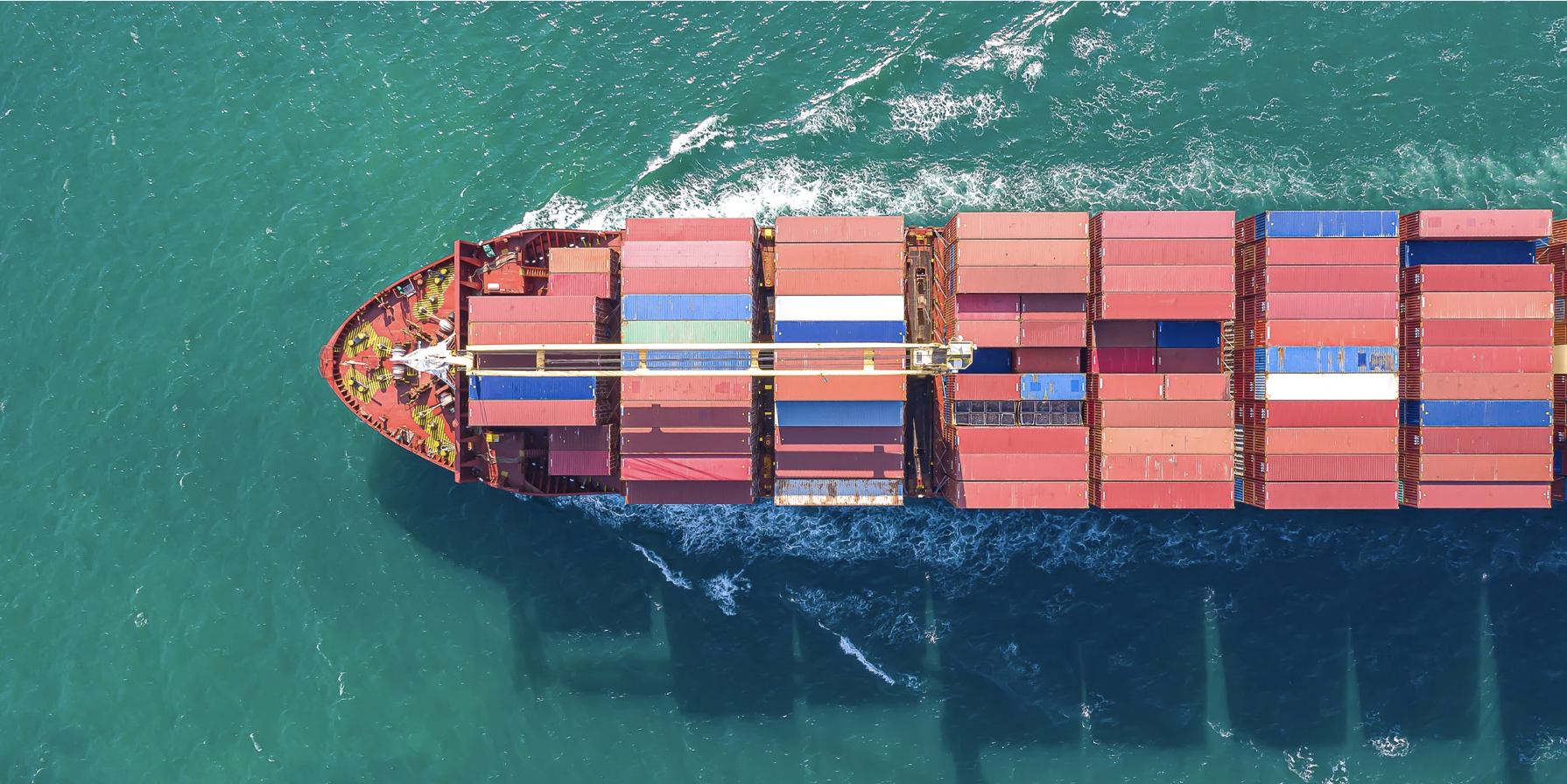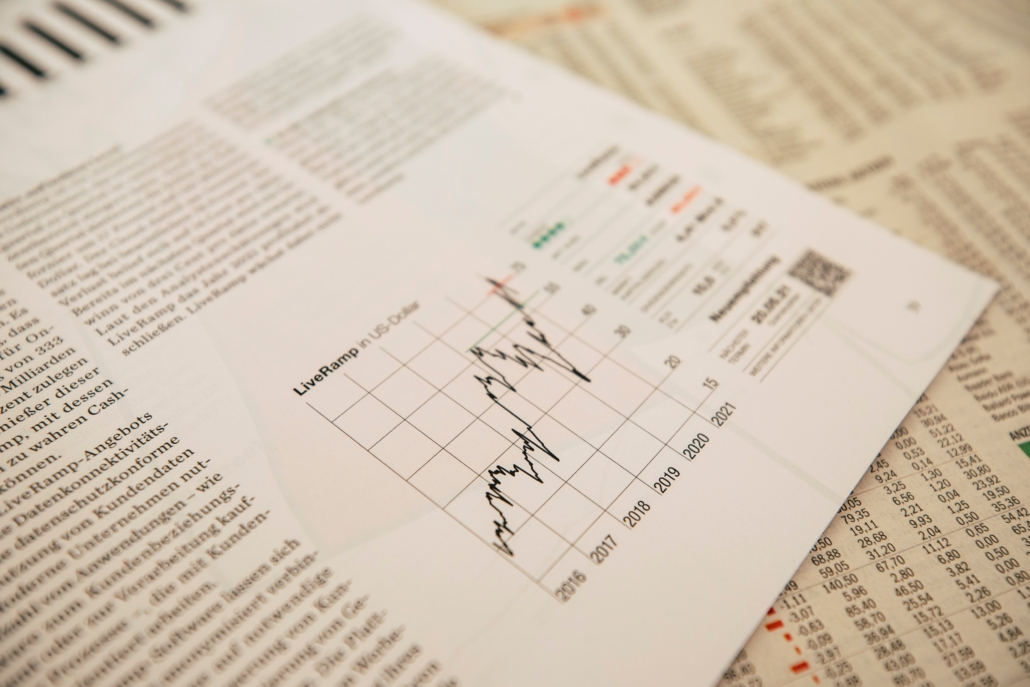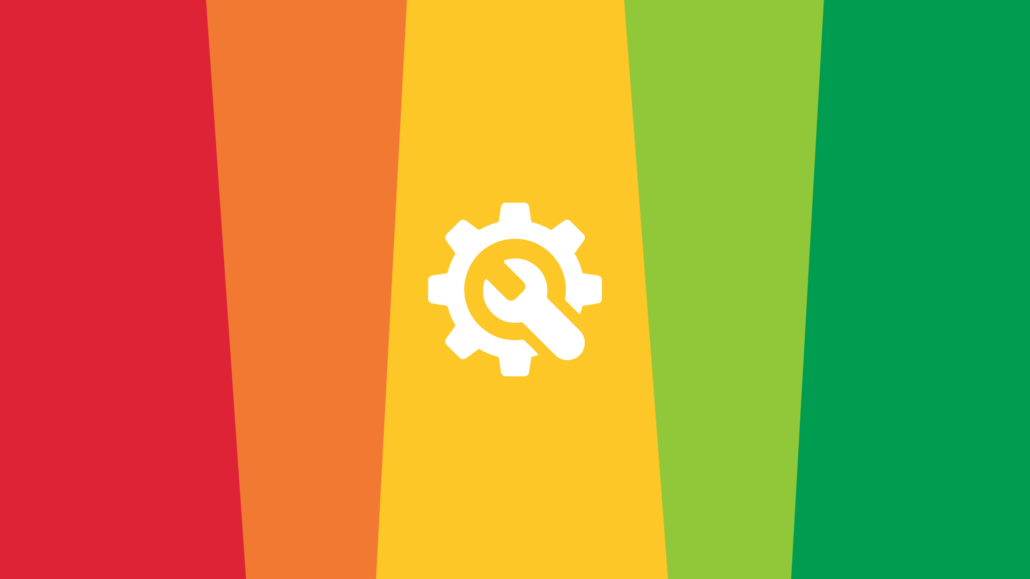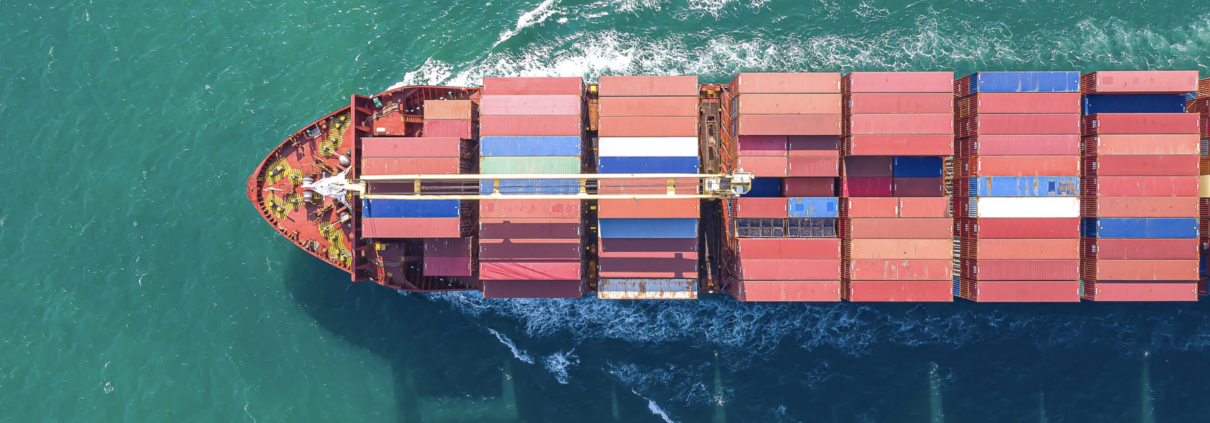
The reuse of products and materials at the end of their life cycle represents an essential lever for reducing the extraction of new natural resources and lowering environmental impact. By extending the useful life of goods before they are recycled or disposed of, it is an essential pillar of the circular economy.
Yet, despite regulatory advances such as the 2020 AGEC law and the growing awareness of consumers and businesses, the development of industrial reuse channels still comes up against numerous logistical challenges. From collection to sorting, reconditioning and redistribution, each stage raises specific issues that need to be resolved if these virtuous practices are to be deployed on a massive scale.
Product collection, a source to be tapped
The first crucial step in fuelling re-use channels is to capture deposits of products and materials at the end of their life or use. This is a major challenge, given that the latter are now widely dispersed among households, businesses, local authorities and so on.
For those involved in reuse, the challenge is to set up efficient collection circuits, for example by creating dedicated voluntary drop-off points or forging partnerships with local authorities to recover items deposited at waste collection centers. Initiatives such as « ressourceries », which collect bulky items directly from the foot of buildings, are also worth developing.
But beyond downstream logistics, collection also raises upstream challenges for consumers and companies holding used products. We need to raise their awareness and encourage them to adopt the reflex of giving a second life to their goods rather than throwing them away. Targeted communication campaigns and the creation of easily accessible depots are essential.
Sorting, a bottleneck
Once the products have been collected, the next step is to sort them according to their condition, components, technical characteristics, etc. A major logistical bottleneck, given the sheer volume and diversity of items to be handled.
In this phase, the main challenges lie in setting up efficient, fast and inexpensive sorting processes, as well as in recruiting and training a skilled workforce capable of identifying and exploiting the reuse potential of each product.
Some players, such as eco-organizations, are investing in automated sorting and image recognition solutions to boost productivity. But these technologies, which are still emerging, need to be coupled with the human intervention that is essential for the most complex objects.

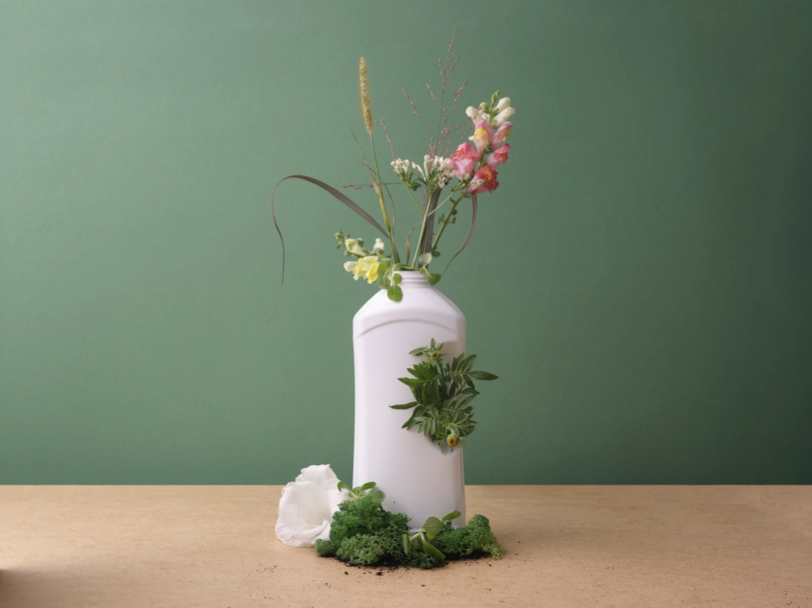
Reconditioning, a key stage in the recovery process
After sorting, products are reconditioned for reuse. This process is essential to restore them to a level of performance and quality equivalent to new, with a view to redistributing them.
Depending on the nature of the goods, these operations can range from simple cleaning and reconditioning to more advanced repairs, or even complete remanufacturing with replacement of certain components. Advanced technical skills are therefore required, as is easy access to spare parts from original equipment manufacturers.
The challenge is to find the right balance between the level of value added and the cost of labor and reconditioning, so that re-used products remain competitive with new ones, while maintaining impeccable quality and safety standards.
Redistribution, the last link in the chain
Once reconditioned, the products must be returned to the distribution channels to find new users. This is a major challenge, given the complexity of today’s logistics chains and the weight of the giant retailers.
For the players in the reuse sector, the challenge is to create their own short-circuit redistribution channels, such as online platforms, showrooms or ressourceries. But they also have to convince major retailers to include these second-hand products on their shelves, alongside new ones.
Beyond the purely logistical aspects of transport and storage, redistribution raises marketing challenges to give these products a new appeal, as well as issues of traceability, consumer information and guarantees.
Towards circular and relocalized logistics
To meet all these challenges, players in the re-use sector have no choice but to radically rethink their traditional logistics models, historically designed for linear mass production and distribution flows.
The challenge is to develop a new kind of circular, localized logistics, with local circuits that enable us to close off material flows as close as possible to consumer basins. This development is essential, given that the long-distance transport of used products is economically counter-productive and generates significant environmental impacts.
This involves the creation of shared logistics hubs between players in the same region, combining the various stages of collection, sorting, repackaging and redistribution on a single site. Digital networking platforms can also be used to better coordinate these local flows.
At the same time, new logistics skills will need to be developed, with profiles capable of managing these just-in-time flows of both incoming and outgoing products, in a context of constantly changing volumes and references.
The challenge of financing and investment
But beyond the purely operational aspects, the main challenge facing those involved in reuse is financing the colossal logistical investments involved in this new situation.
From the creation of collection, sorting and reconditioning infrastructures to information and traceability systems, not to mention the training of human resources, the needs are massive. However, recycling business models, which are still in their infancy, are struggling to generate the margins needed to self-finance these investments.
Public authorities therefore have a key role to play in financially supporting the development of these new, forward-looking sectors, which create jobs that cannot be relocated. Dedicated funds such as the Circular Economy Fund and tax credits are levers to be used.
But beyond direct aid, a whole new economic, fiscal and regulatory framework needs to be put in place to give reused products a competitive edge over new ones. Measures such as modulating VAT according to the rate of incorporation of reused or recycled materials could act as powerful gas pedals.
Discover CircularPlace, the recycling platform.
#Reemployment #CircularLogistics #CircularEconomy #EcologicalTransition #WeAreCircular
Read also
Questions about CircularPlace?
